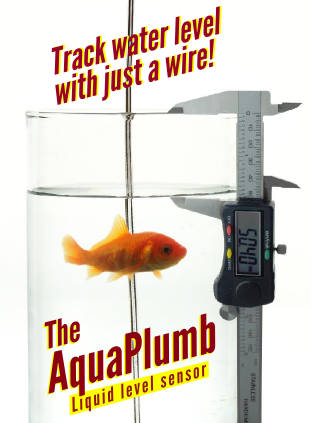Flyback SMPS Calculator
Most power supply tutorials assume that you create the transformer or inductor from scratch. This of course is costly, and time consuming. A better approach is to chose off the shelf magnetic components first, and then design the other components.
In this design calculator we assume that we have an appropriate transformer, and then figure out the other appropriate parameters for designing the rest of the circuit.
Transformers are specified in several ways. Data sheets nearly always tell you the inductance of the primary, and of course the turns ratio. The other critical parameter is the saturation current, of either the primary or the secondary. If the current is specified for the secondary, then this can be reflected back and computed for the primary by using the turns ratio.
Sometimes data sheets only specify the Volt-Time product. This is the maximum amount of time that the transformer can have a constant voltage applied to it. For example if the Volt-Time product for a transformer is 200V-usec, then this tells us that the transformer can only handle 20 volts for 10us before it saturates, or alternatively 10V for 20us. This value together with the duty cycle sets the minimum frequency of operation of the regulator.
The Volt-Time product isn't always given, instead inductance and saturation current are given. It turns out that these two values are equivalent:
VT=Isat*L.
In the calculator you can specify the transformer with either VT or the primary's saturation current.
The secondary voltage should be higher than the target voltage, otherwise the target output voltage will be unrealizable.
Vin*N*Duty(max)> Vout
Neglecting the voltage across the diode and transistor the Duty cycle can be expressed as:
Duty= Vout(Vin*N)
Knowing the Duty cycle and the maximum on time we can now compute the minimum frequency of operation. If the frequency is below F(min) then the inductor will saturate, and the transistor switch will overheat and be destroyed from excessive current through the transformer primary. Novice engineers will sometimes make the mistake of lowering the frequency of operation when the transistor fails, or is overheating. Raising the frequency will resolve saturation problems.
F(min)= Duty/Ton(max)
Frequency for a given duty cycle can not be lower than Fmin to avoid saturation. However, you can decrease duty cycle, and decrease F proportionally such that Ton(max) is never exceeded.
The switching regulator can be chosen, by the frequency of operation, and range of duty cycle. Nearly any boost regulator will work as a flyback regulator, if it operates an the appropriate frequency and duty cycle range.
To compute the power transfer we first compute the energy stored in the inductor for each cycle.
E(cycle)= L*Isat2/2
The Volt Time parameter of equivalently the I(sat)Lpri products are a direct indicator of the power transfer capability of the transformer. The higher these products the more power can be passed.
Now knowing the energy per cycle we can compute the power by merely multiplying it by the number of cycles per second, or frequency.
P(max)= E(cycle)*f= F&L*Isat2/2
In practice you wont want to drive the transformer all the way to saturation, and so P(max) will be less to give some error margin.
The available output current will be equal to P(max) divided by the output voltage, if there is a single output winding.
Iout1= P(max)/Vout1
For an example flyback circuit see: Flyback SMPS
Custom Transformer and Bobbin Manufacturer Links
The best way to find transformers and bobbins is to use our free Electronics Component Directory, where a myriad of transformer manufactures are listed.

